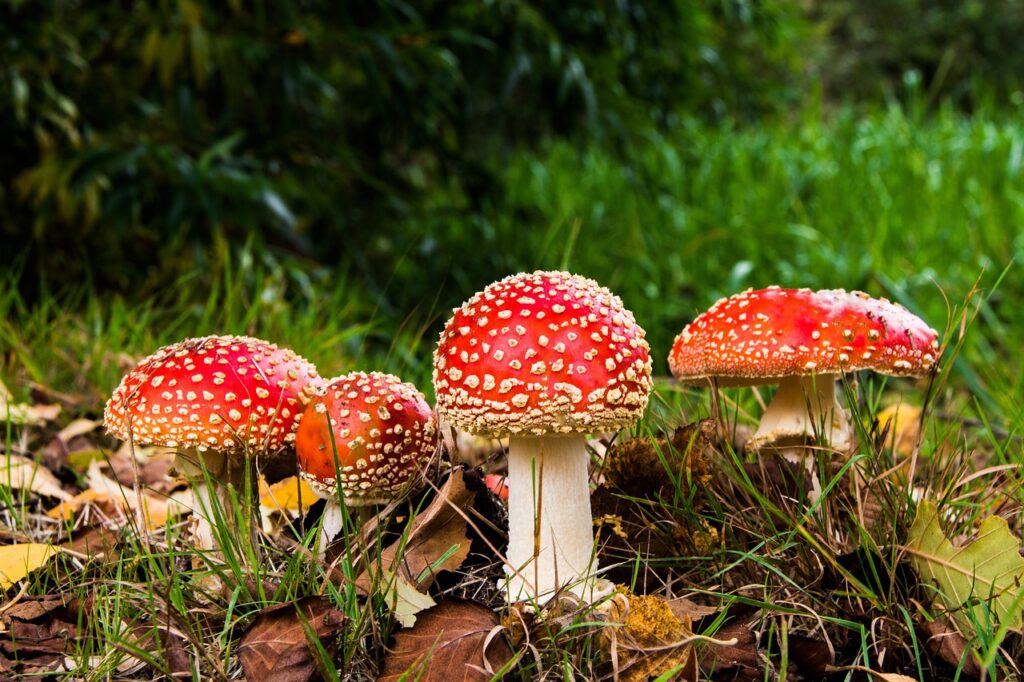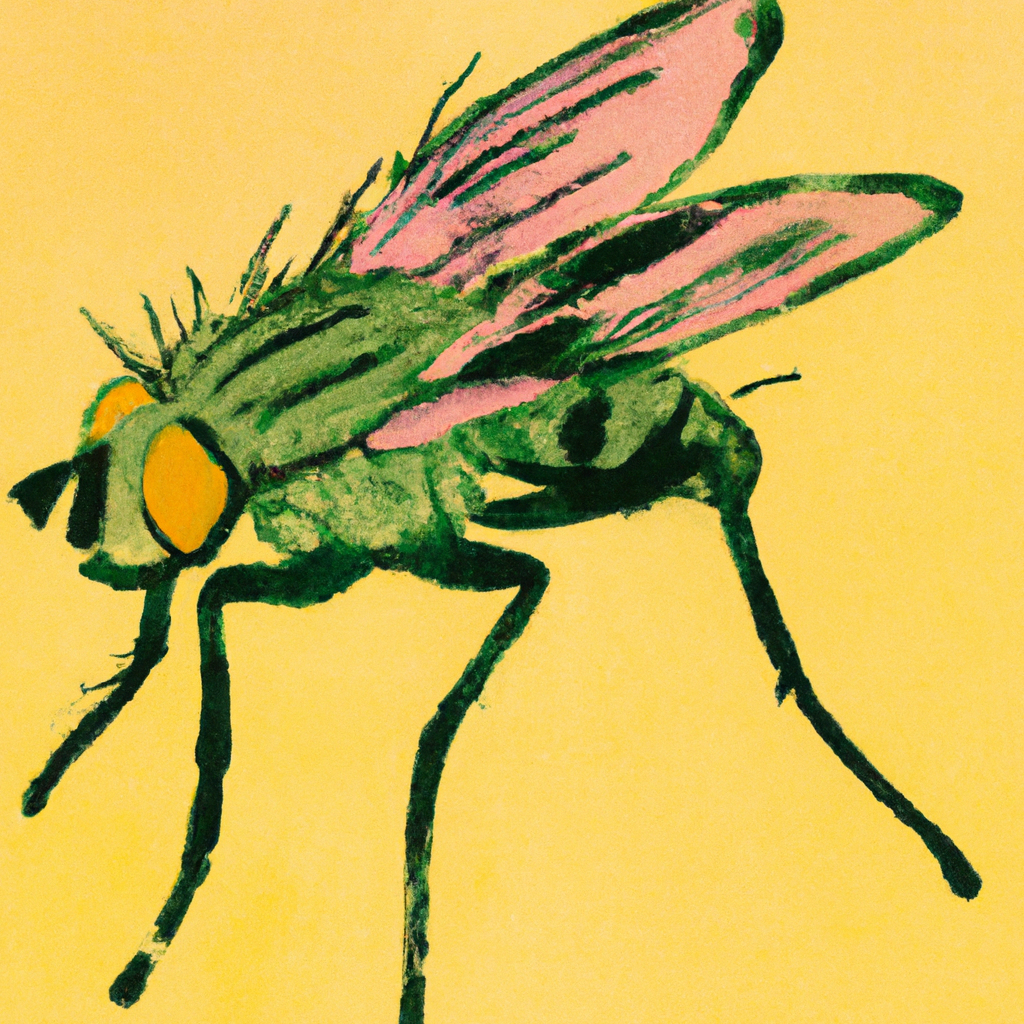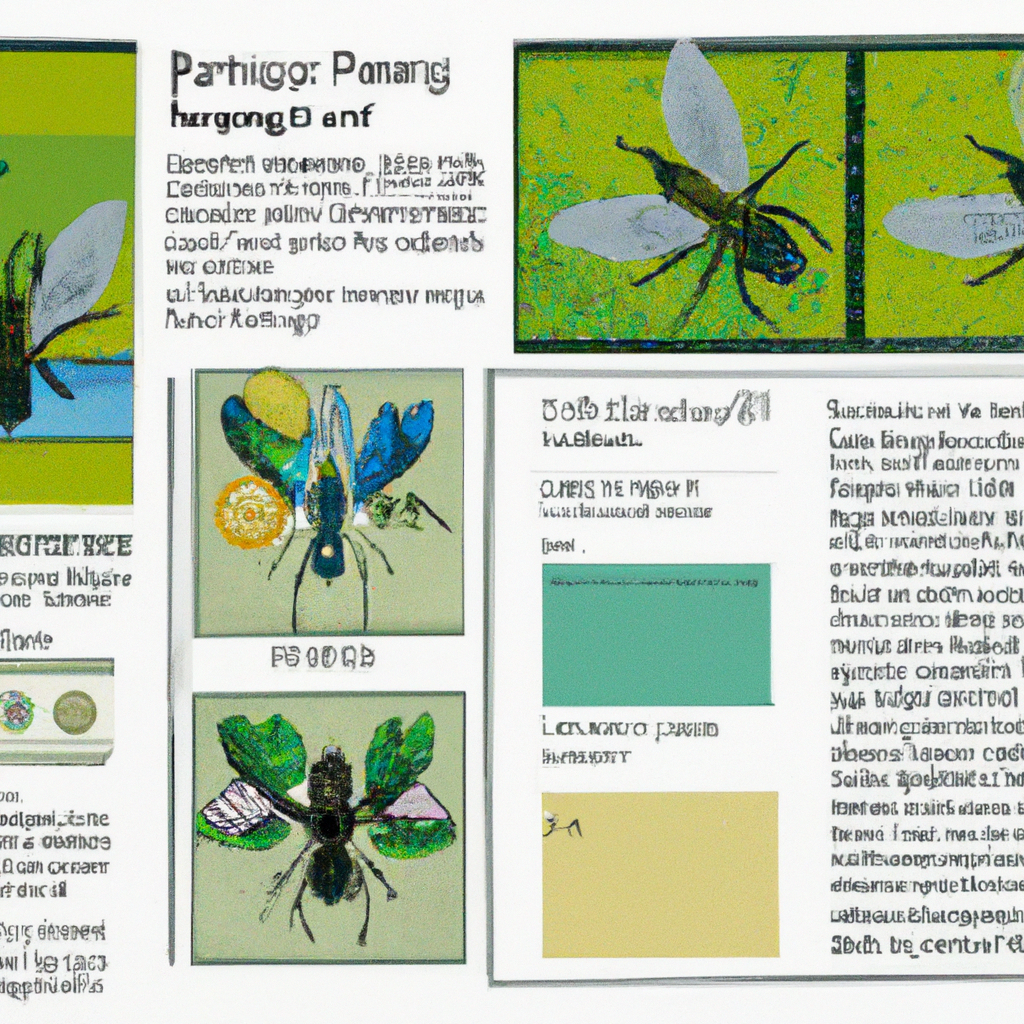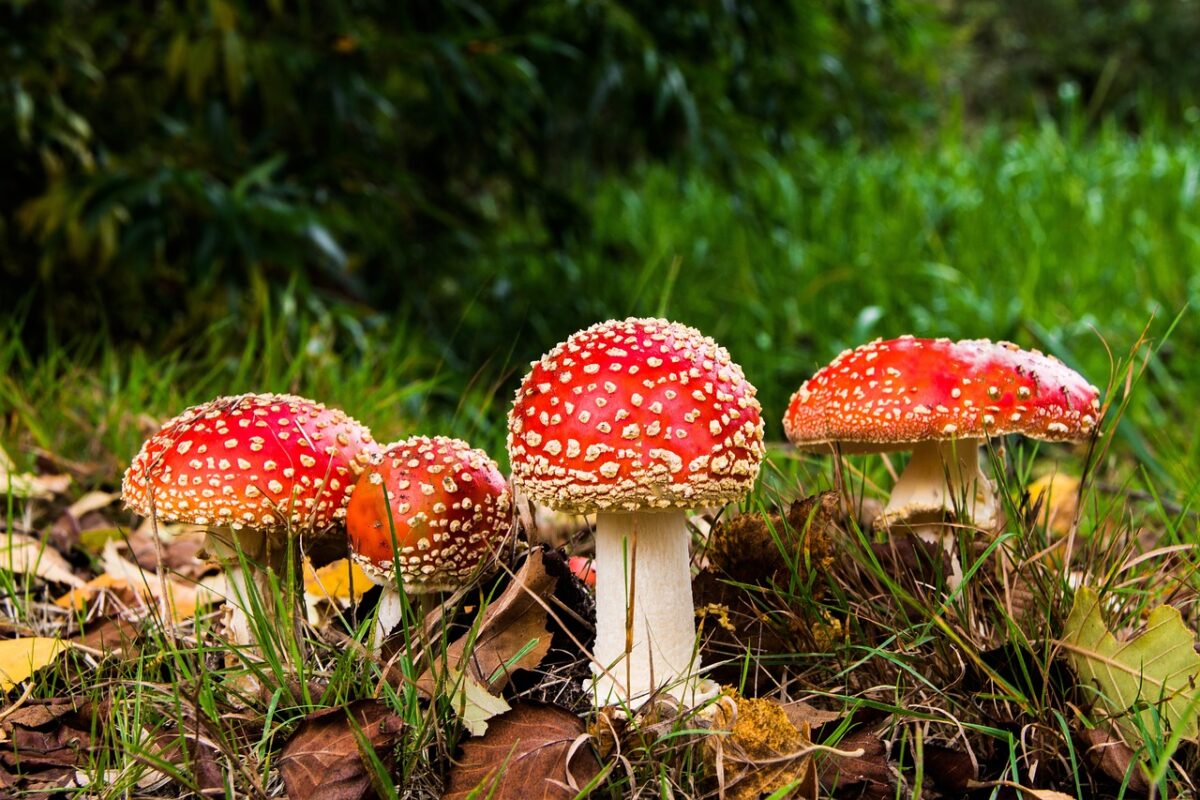Are you curious about the different types of flies that thrive in damp environments? Well, look no further! In this article, we will explore the fascinating world of flies and shed light on the specific species that are commonly found in moist surroundings. From the notorious housefly to the lesser-known drain fly, you can expect to gain a deeper understanding of these winged creatures and how they adapt to their preferred habitats. So, let’s embark on this educational journey together and discover the remarkable diversity of flies that call damp environments their home.
Types of Flies Found in Damp Environments
Damp environments are not only attractive to humans seeking relief from the heat, but they also draw in a variety of flies. Flies thrive in damp conditions due to the abundance of organic matter and breeding sites. In this article, we will explore the different types of flies commonly found in damp environments and learn more about their characteristics and habits.
House Flies
House flies (Musca domestica) are perhaps the most common and well-known type of fly found in damp environments. These pesky insects are attracted to decaying organic matter, such as food waste, garbage, and manure. Damp environments provide an ideal breeding ground for house flies, as they require moist conditions to lay their eggs. House flies are not only a nuisance but can also pose health risks as they can transmit diseases.
Drain Flies
Drain flies, also known as moth flies or sewer gnats, are small flies that typically infest drains, hence their name. These pests are attracted to damp areas with decomposing organic matter, such as sewage, rotting vegetation, or food spills. Drain flies have furry bodies and are often seen resting on walls or flying in small, erratic patterns. Though they do not typically cause harm to humans, their presence can be unsightly and may indicate underlying drainage issues.

Fruit Flies
Fruit flies (Drosophila spp.) are often found in areas with rotting fruit or vegetables. These tiny flies are attracted to fermenting organic matter, and their presence can be particularly bothersome in kitchens and dining areas. Fruit flies are known for their ability to reproduce rapidly, with females laying hundreds of eggs at a time. While they are more of a nuisance than a health hazard, their ability to contaminate food makes them unwelcome guests in our homes.
Moth Flies
Moth flies, also known as drain flies or sewer flies, share some similarities with drain flies but have distinct characteristics. These small flies have a fuzzy appearance and are often seen near moist areas with rich organic matter, including sewage or decaying plants. Moth flies prefer stagnant water and are commonly found in poorly maintained drains, septic tanks, or other damp environments. Despite their harmless nature, their presence can be unsettling and a sign of underlying moisture issues.

Sphaerocerid Flies
Sphaerocerid flies, also known as lesser house flies, are tiny flies that thrive in damp environments. These flies are commonly found in outdoor areas with decaying organic matter, such as compost piles or wet vegetation. Sphaerocerid flies are attracted to moist areas with a high concentration of bacteria and fungi. While they are not particularly harmful to humans, their presence can be bothersome when they invade homes or outdoor spaces.
Fungus Gnats
Fungus gnats, or sciarid flies, are small flies commonly found in damp environments with high humidity and decaying organic matter. These pests are often seen in greenhouses, indoor plants, or areas with overwatered potted plants. Fungus gnats lay their eggs in moist soil, and the larvae feed on organic matter and plant roots. While fungus gnats are not typically harmful to humans, their larvae can damage plant roots and stunt growth.

Mosquitoes
Mosquitoes are notorious insects known for their itchy bites and potential to transmit diseases. While they are commonly associated with stagnant water, mosquitoes are also found in damp environments. These pesky insects require water to breed, and damp environments with standing water or water bodies nearby can provide suitable breeding sites. Taking proactive measures to eliminate standing water can help reduce mosquito populations and the risk of mosquito-borne illnesses.
Sand Flies
Sand flies, also known as sand fleas or no-see-ums, are tiny flies that thrive in sandy, damp environments. These insects are often found near beaches, coastal areas, or riverbanks. Sand flies are known for their painful bites, which can cause irritation and discomfort. Some species of sand flies are also capable of transmitting diseases, such as Leishmaniasis. Proper protection, such as using insect repellents and wearing protective clothing, can help mitigate the risk of sand fly bites.

Horse Flies
Horse flies are large, robust flies that are commonly found in damp areas near bodies of water, such as lakes, rivers, or swamps. These flies are known for their painful bites, which are especially bothersome to livestock and horses. Horse flies require blood meals to reproduce, and both males and females feed on nectar and plant juices. While their bites can be irritating and potentially transmit diseases, horse flies serve as an important food source for various animals.
Black Flies
Black flies, also known as buffalo gnats or turkey gnats, are small, dark-colored flies that are frequently found near flowing water sources, such as rivers and streams. These flies are known for their painful bites, which can cause swelling and discomfort. Black flies require blood meals to reproduce, with the females being the biting nuisance. While their bites can be aggravating, black flies also play a role in pollination and serve as a significant food source for various animals.
In conclusion, damp environments provide the ideal breeding grounds for a wide range of flies. From the common house flies to the bothersome drain flies and fruit flies, each type of fly has its own preferences and characteristics. While their presence can be unnerving and inconvenient, proper sanitation, moisture control, and preventive measures can help alleviate fly infestations in damp environments. Remember, a clean and dry environment not only keeps these pesky insects at bay but also ensures a healthier and more comfortable living space for you and your loved ones.





